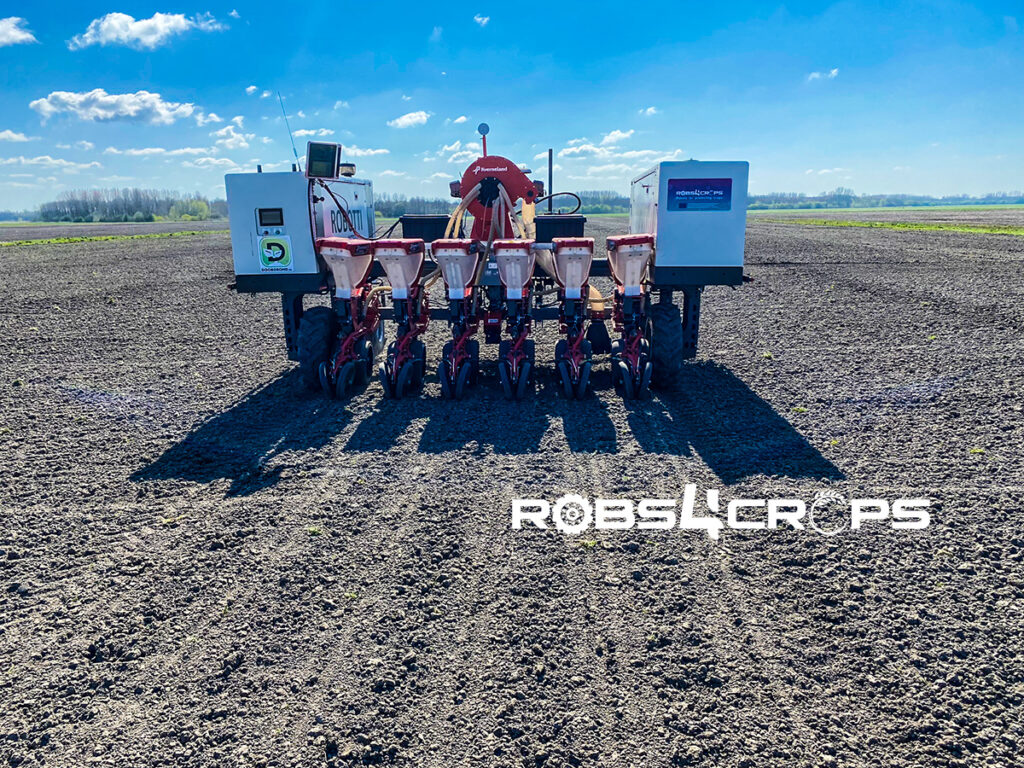What are some of the advancements made in the field so far?
The last improvements to the weeder were made at the beginning of the year during the Dutch large-scale pilot (LSP4). Typically, sugar beets are seeded in the beginning of April, but due to weather conditions, seeding occurred in mid-April. Dry weather is necessary for the clayey soil, so a few days of such weather are required prior to seeding. The weeding case in the Netherlands has undergone the final steps, enabling all the components to communicate with each other. For instance, now it is enabled that the robot halts after receiving a signal from the weeding computer.
How important is it to work together, and bring other people from the consortium on board for working on ground-breaking solutions?
Collaborating with other partners is of utmost importance, especially in the development of solutions that are essential for fieldwork. Effective communication, testing, and feedback are crucial for both the user and the developer. In the case of the smart weeder in the Netherlands, we thoroughly tested all the necessary components prior to the season.
With more and more live tests in the field, how are farmers adapting to the new technology?
Farmers are somewhat sceptical
about robots, despite their growing presence in the fields. While robots are
capable of handling simple tasks, more complex tasks require a controlling
system for proper implementation. Therefore, a monitoring system like the one
employed in the Robs4Crop project piques farmers’ interest and motivation.
Now that you have already completed some tests, can you tell us about the process and the next steps?
The seeds have been sown, and the tests are complete! The next crucial step is to carry out tine weeding once or twice and hoeing 4 to 5 times. Upon surveying the field, we noticed a significant amount of grass and weed growth, which could potentially harm the crop. Unfortunately, frequent rainfall has hindered the robot’s ability to enter the field. Therefore, it is crucial to spray crop protection products against weeds before the crop emerges. Doing so will prevent the weeds from growing too tall for efficient hoeing. Although the use of crop protection products may not always be necessary, this case is a perfect example of when they become an absolute must-have. We are eagerly awaiting dry weather in the following days so that we can finally begin weeding!

